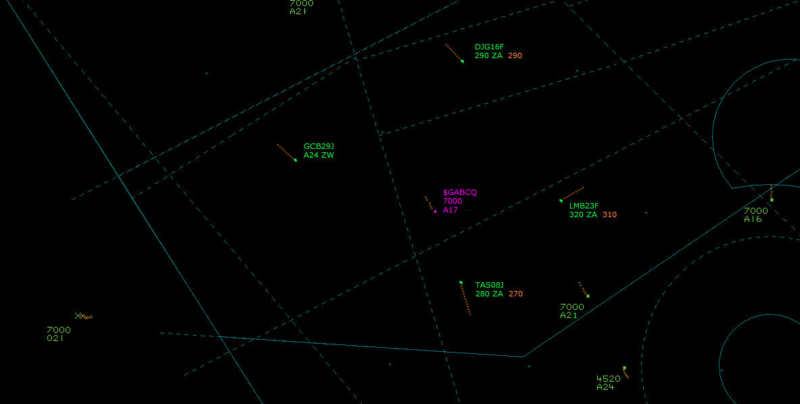Over the past few weeks we have highlighted the issues associated with airspace infringements including the significant impact they can have on controller workload, the necessary avoiding action, delays and cost that can result to other pilots following an incident.
First major update to Airspace Explorer out now
10 August 2017It’s been four months since we launched Airspace Explorer, our flight tracking and airspace education app that’s available for free on iPad, and our first major update has just gone live.
The Government recently published its response to the consultation it ran on the safe use of drones in the UK. The headline announcement is the plan to introduce mandatory registration for drones over 250 grams in weight, as well as mandatory competency testing to support it.
Nine percent is not enough
8 August 2017Following a study by the Institution of Engineering and Technology, which reports that only 9% of the UK’s engineering and technology workforce are women, we wanted to act. Last week we welcomed almost 60 teenage girls to NATS as part of our first Bring Your Daughter to Work Day.
Airspace infringements by General Aviation pilots entering controlled airspace remain the biggest risk to the air traffic operation and they are becoming a daily occurrence in the summer months. An infringement occurs when an aircraft enters a volume of airspace without gaining permission, and they can have a huge impact on the system causing aircraft to be diverted, put into holds or held on the ground.
Earlier this year, in a meeting with aviation industry executives at the White House, President Donald Trump called the U.S air traffic arrangements “obsolete”. Perhaps surprising to his many critics, he’s actually not alone in his thinking as the majority of airlines agree with his plans to liberalise and even privatise the country’s air traffic control organisation.
The Trouble with Pre-Flight Planning
14 July 2017I haven’t met any aviators who don’t think Pre-Flight Planning is important, although I have met quite a few who have been caught out by not doing enough of it at some point in their flying life – including myself.
The closure of Gatwick airport’s runway on Sunday, as a result of a drone flying in the way of arriving aircraft, has prompted further debate about how we deal with the growing number of drones in the skies….
Listening Squawk, Monitor Code or Frequency Monitor Code? Here’s the lowdown on how and when to use them…
7 July 2017Frequency Monitor Codes (FMCs) have now been in use in the UK for over 10 years and they’ve collected a range of names during that time such as Listening Squawks and Monitor Codes but they are all actually referring to the same thing.
Pilots are encouraged to use a FMC when they are flying outside controlled airspace, but close to controlled airspace boundaries, in order to increase situational awareness and help to combat infringements.
Excitement is building in the aviation industry around digital ‘remote’ towers and the benefits they can offer to airports; from costs savings through to safety and operational enhancements. But I can tell you from hard experience that this wasn’t always the case.








